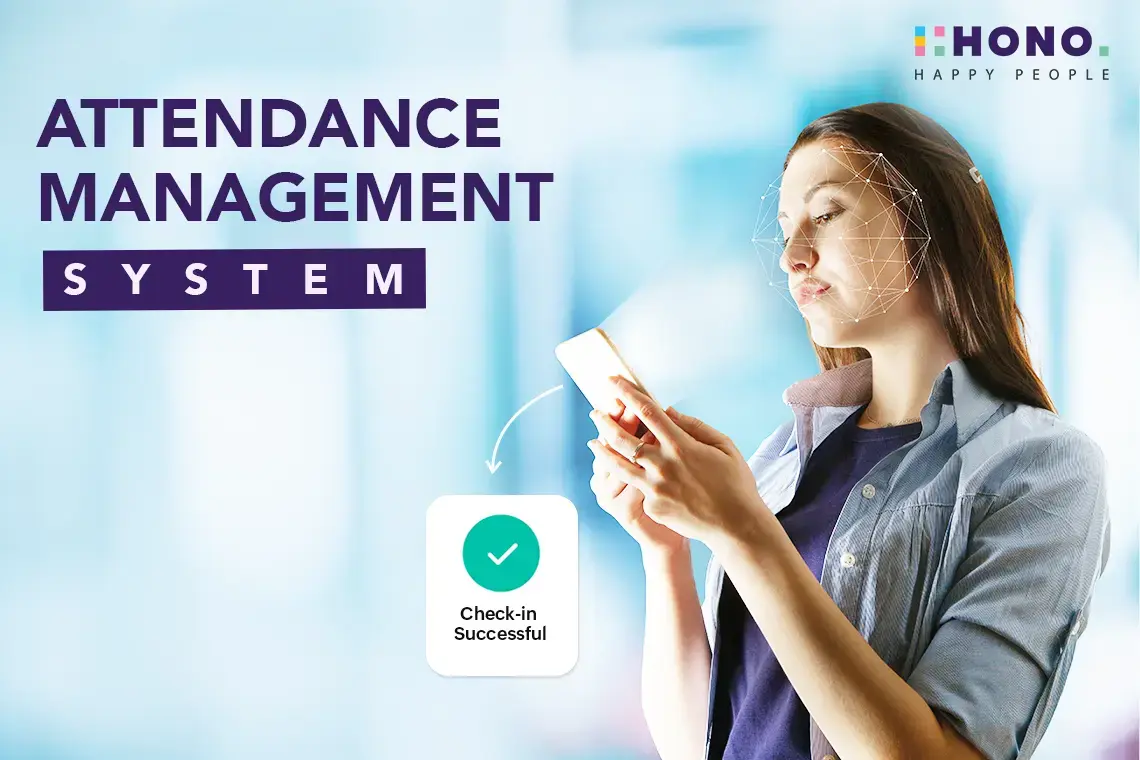What is Recruitment Analytics?
Recruitment analytics refers to the process of collecting and analyzing data from various stages of the hiring process to improve decision-making and outcomes. It involves using data-driven insights to evaluate how well your recruitment strategy is working, identify areas for improvement, and optimize your hiring process. By analyzing key recruitment metrics, HR professionals can track the effectiveness of their recruitment efforts, improve candidate sourcing, and reduce hiring costs. With tools like Applicant Tracking Systems (ATS) and recruitment software, companies can easily collect and interpret data, which leads to more informed and efficient hiring decisions.
Importance of Recruitment Analytics
Recruitment analytics plays an important role in transforming the hiring process, offering significant advantages for both HR professionals and organizations. Here are some key benefits:
- Improves Hiring Quality: By tracking data on candidate performance, sourcing channels and recruitment methods, analytics can help you identify which strategies attract the highest-quality talent.
- Reduces Time-to-Hire: Recruitment analytics allows HR teams to pinpoint bottlenecks and inefficiencies in the hiring process, enabling quicker decision-making and reducing the overall time it takes to fill positions.
- Enhances Candidate Experience: By measuring candidate engagement and feedback, recruitment analytics helps you understand how candidates perceive your recruitment process, leading to a smoother, more positive experience.
Optimizes Recruitment Costs: Data-driven insights can highlight which sourcing channels and recruitment strategies provide the best return on investment, helping you optimize your budget and reduce unnecessary costs.
- Supports Diversity and Inclusion: Recruitment analytics enables you to track diversity metrics and ensure your recruitment process is inclusive, helping you build a more diverse and representative workforce.
- Enhances Workforce Planning: By analyzing hiring trends and forecasting future recruitment needs, recruitment analytics supports better workforce planning and helps HR teams align hiring with organizational goals.
Key Recruitment Metrics to Track
To optimize your recruitment strategy, it is important to track the right recruitment metrics. These metrics provide insights into how effective your hiring process is and where improvements can be made. Here are some of the most important key recruitment metrics to monitor:
- Time-To-Hire: This metric measures the time it takes from the moment a job is posted to when the candidate accepts the offer. Tracking time-to-hire helps you identify bottlenecks in the process and enables you to streamline the hiring timeline.
- Applicant-To-Hire Ratio: This ratio helps measure the efficiency of your recruitment process. It compares the total number of applicants to the number of hires made, giving insight into how well your recruitment channels and selection criteria are working.
- Offer Acceptance Rate: This metric tracks the percentage of candidates who accept job offers. A low offer acceptance rate may signal issues with your job offers or the overall candidate experience, helping HR teams adjust the approach to improve acceptance.
- Cost Per Hire: This key metric calculates the total cost involved in hiring a candidate, including advertising, recruiter fees, and other associated costs. By tracking cost per hire, you can identify areas to optimize your budget and reduce unnecessary spending.
- Candidate Experience: Measuring candidate experience helps you understand how candidates perceive your recruitment process. By collecting feedback on their experience, you can refine your process to make it more engaging and ensure that top candidates have a positive impression of your organization.
How to Implement a Recruitment Analytics Strategy
Implementing a recruitment analytics strategy is much needed for making data-driven hiring decisions. By using the right tools and focusing on the right metrics, you can enhance your recruitment process, improve hiring outcomes, and ensure alignment with company goals. Here are the steps to implement an effective recruitment analytics strategy:
- Define Your Goals: Start by identifying what you want to achieve with your recruitment strategy. Whether it’s reducing time-to-hire, improving diversity, or enhancing candidate experience, setting clear goals will guide your approach and help you measure success.
- Identify Key Recruitment Metrics: Choose the recruitment metrics that align with your goals. Metrics like time-to-hire, cost-per-hire, and candidate experience are crucial for evaluating the efficiency of your recruitment process and identifying areas for improvement.
- Collect and Centralize Data: Gather data from all stages of your recruitment process, including sourcing, screening, interviewing, and hiring. Centralizing this data in one system, like an Applicant Tracking System (ATS), makes it easier to analyze and derive insights.
- Leverage Data Analytics Tools: Use hiring software or specialized recruitment analytics tools to analyze your data. These tools can provide real-time insights, help visualize trends, and generate reports that guide your decision-making process.
- Apply Predictive Analytics & AI: Incorporate predictive analytics and AI tools to identify trends and forecast outcomes. These technologies can help you predict future hiring needs, assess candidate success potential, and optimize recruitment decisions.
- Optimize the Recruitment Funnel: Analyze each stage of your recruitment funnel and identify areas for improvement. By continuously optimizing the funnel, you can reduce drop-offs, streamline processes, and improve overall efficiency.
- Track and Improve Diversity Hiring: Use analytics to track diversity metrics and ensure that your recruitment process supports diversity and inclusion. By measuring and improving these aspects, you can build a more diverse and inclusive workforce.
- Continuously Optimize and Report Insights: Recruitment analytics is not a one-time effort. Continuously track your metrics, analyze the results, and report insights to make ongoing improvements to your hiring strategy. Regular reviews will ensure that your strategy remains aligned with business goals and market changes.
Leveraging Recruitment Analytics for Smarter Hiring Decisions
Recruitment analytics is a powerful tool for improving the hiring process, helping businesses make smarter, data-backed decisions. By tracking key recruitment metrics, companies can identify inefficiencies, streamline candidate sourcing, and improve the quality of hires. With the right approach to recruitment analytics, businesses can enhance the candidate experience, reduce costs, and make better hiring choices.
Platforms like HONO make it easier for HR teams to integrate and track these metrics, enabling them to optimize recruitment strategies and align talent acquisition with business objectives for more effective and successful hiring outcomes.
Schedule a demo to learn more about HONO.
.png?width=746&name=Blog%20(2).png)








